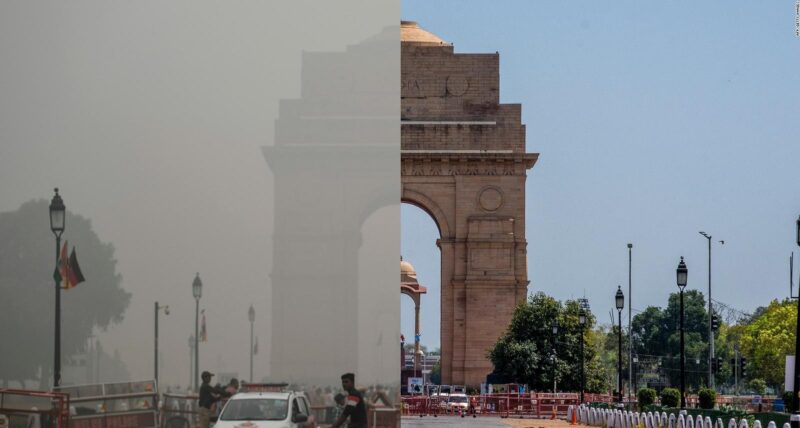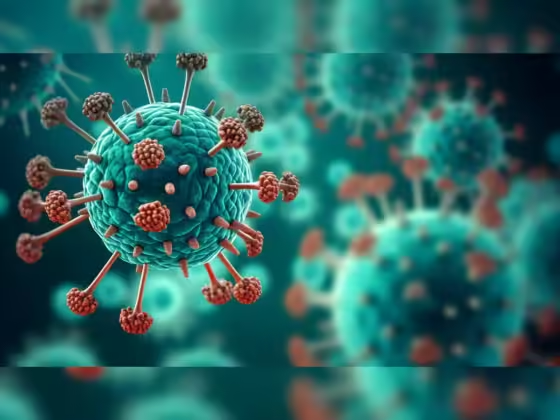New Delhi, 11 January 2025: Air pollution and fog, two seemingly unrelated atmospheric phenomena, often combine to create dangerous conditions that severely impact human health. This hazardous mix, commonly referred to as smog, is increasingly prevalent in urban areas, posing significant risks to respiratory health, cardiovascular systems, and overall well-being.
The Air Pollution Problem
Air pollution primarily results from emissions of particulate matter (PM), nitrogen oxides, sulfur dioxide, and other pollutants from vehicles, industries, and burning of fossil fuels. When these pollutants linger in the atmosphere, they degrade air quality and exacerbate health problems, especially for children, the elderly, and those with pre-existing conditions.
How Fog Amplifies Pollution’s Impact
Fog acts as a natural trap for airborne pollutants, creating dense layers of smog that limit visibility and exacerbate health risks. Tiny water droplets in fog interact with pollutants to form acidic compounds, which can enter the respiratory tract, causing irritation, coughing, and worsening of conditions like asthma and bronchitis.
Health Impacts of Smog and Pollution
Exposure to smog and polluted air can lead to a range of health problems:
Respiratory Issues: Fine particulate matter (PM2.5) can penetrate deep into the lungs, causing inflammation, reduced lung function, and even lung cancer.
Cardiovascular Risks: Polluted air is linked to increased risks of heart attacks, strokes, and high blood pressure.
Neurological Concerns: Emerging studies suggest long-term exposure to air pollution can impact cognitive function and increase the risk of neurodegenerative diseases.
High-Risk Populations
Infants, children, pregnant women, and individuals with chronic illnesses are particularly vulnerable. Their developing or weakened immune systems make them more susceptible to the toxic effects of polluted air and smog, leading to long-term health consequences.
Preventive Measures for Public Health
Governments and individuals must take steps to mitigate the dangers of air pollution and fog:
Policy Action: Strengthening emissions regulations, promoting clean energy, and improving public transportation can reduce pollution levels.
Public Awareness: Educating people about the risks of smog and the importance of limiting outdoor activities during high pollution episodes can help protect health.
Personal Safety: Using air purifiers indoors, wearing masks outdoors, and monitoring air quality indices (AQI) can help minimize exposure.
The hidden dangers of air pollution and fog represent a growing public health crisis that requires urgent attention. By addressing pollution at its source and adopting protective measures, societies can reduce the risks associated with this hazardous combination, ensuring healthier and safer environments for future generations.









